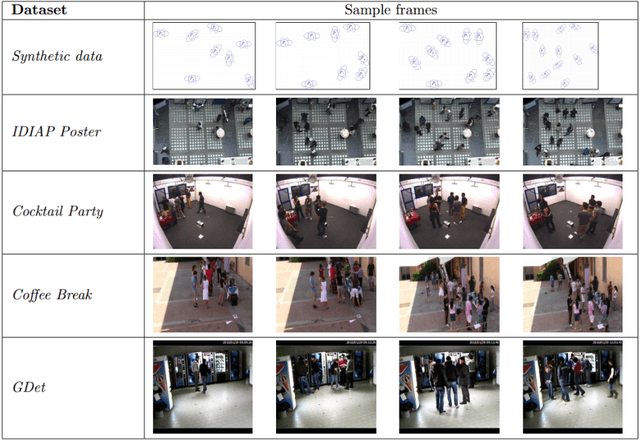Chiara Bassetti
Towards socially-competent and culturally-adaptive artificial agents Expressive order, interactional disruptions and recovery strategies
Aug 06, 2023Abstract:The development of artificial agents for social interaction pushes to enrich robots with social skills and knowledge about (local) social norms. One possibility is to distinguish the expressive and the functional orders during a human-robot interaction. The overarching aim of this work is to set a framework to make the artificial agent socially-competent beyond dyadic interaction-interaction in varying multi-party social situations-and beyond individual-based user personalization, thereby enlarging the current conception of "culturally-adaptive". The core idea is to provide the artificial agent with the capability to handle different kinds of interactional disruptions, and associated recovery strategies, in microsociology. The result is obtained by classifying functional and social disruptions, and by investigating the requirements a robot's architecture should satisfy to exploit such knowledge. The paper also highlights how this level of competence is achieved by focusing on just three dimensions: (i) social capability, (ii) relational role, and (iii) proximity, leaving aside the further complexity of full-fledged human-human interactions. Without going into technical aspects, End-to-end Data-driven Architectures and Modular Architectures are discussed to evaluate the degree to which they can exploit this new set of social and cultural knowledge. Finally, a list of general requirements for such agents is proposed.
A hybrid machine learning/deep learning COVID-19 severity predictive model from CT images and clinical data
May 13, 2021



Abstract:COVID-19 clinical presentation and prognosis are highly variable, ranging from asymptomatic and paucisymptomatic cases to acute respiratory distress syndrome and multi-organ involvement. We developed a hybrid machine learning/deep learning model to classify patients in two outcome categories, non-ICU and ICU (intensive care admission or death), using 558 patients admitted in a northern Italy hospital in February/May of 2020. A fully 3D patient-level CNN classifier on baseline CT images is used as feature extractor. Features extracted, alongside with laboratory and clinical data, are fed for selection in a Boruta algorithm with SHAP game theoretical values. A classifier is built on the reduced feature space using CatBoost gradient boosting algorithm and reaching a probabilistic AUC of 0.949 on holdout test set. The model aims to provide clinical decision support to medical doctors, with the probability score of belonging to an outcome class and with case-based SHAP interpretation of features importance.
F-formation Detection: Individuating Free-standing Conversational Groups in Images
Sep 09, 2014



Abstract:Detection of groups of interacting people is a very interesting and useful task in many modern technologies, with application fields spanning from video-surveillance to social robotics. In this paper we first furnish a rigorous definition of group considering the background of the social sciences: this allows us to specify many kinds of group, so far neglected in the Computer Vision literature. On top of this taxonomy, we present a detailed state of the art on the group detection algorithms. Then, as a main contribution, we present a brand new method for the automatic detection of groups in still images, which is based on a graph-cuts framework for clustering individuals; in particular we are able to codify in a computational sense the sociological definition of F-formation, that is very useful to encode a group having only proxemic information: position and orientation of people. We call the proposed method Graph-Cuts for F-formation (GCFF). We show how GCFF definitely outperforms all the state of the art methods in terms of different accuracy measures (some of them are brand new), demonstrating also a strong robustness to noise and versatility in recognizing groups of various cardinality.
 Add to Chrome
Add to Chrome Add to Firefox
Add to Firefox Add to Edge
Add to Edge